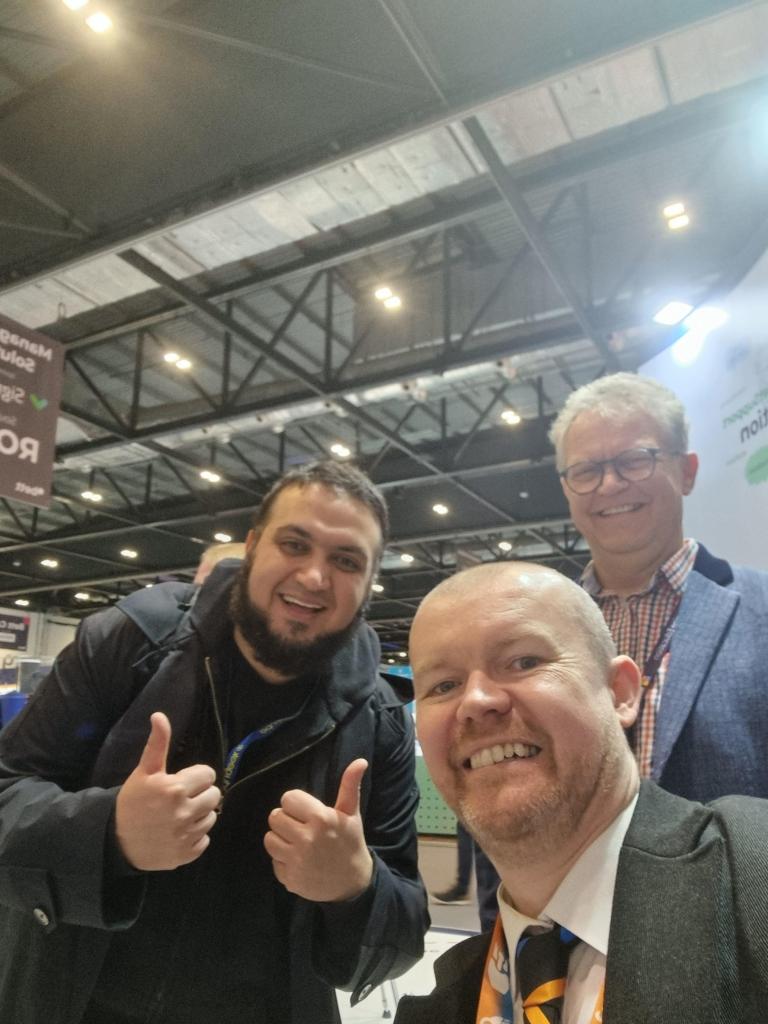
While driving into work the other day there was some heavy fog in places and I noticed cars driving without their lights on. It was at this point I realised my own headlights weren’t on, so quickly turned then on. I found myself wondering why I hadn’t turned them on in the first place? The answer is that I had become a little bit complacent of the automatic lighting function in my car which turns on my lights as and when needed, making life so much more convenient and less effort for me. This got me thinking about what the drawbacks might be for where automation is used, particularly in relation to software based automation solutions such as PowerAutomate. I suspect the use of automation in schools, especially given new AI advances, will become all the more common as we seek to try to address workload challenges, so what are the possible drawbacks or challenges:
Initial costs:
Implementing automation comes with a cost. This might be in terms of infrastructure, software licensing or simply in terms of the time taken to design and implement an automation solution. There will also be costs ensuring the creation of appropriate documentation for the solution where documentation is important but also something which is often overlooked. We need to be aware of these costs although generally they are outweighed by the longer term gain.
Maintenance:
There may also be costs associated with the maintenance of an automation solution. This will be reliant on appropriate documentation and staff with the appropriate skill level to understand and maintain the automation solution. This may also be quite difficult as sometimes an automation solution may be running for a significant period of time, possibly years, before any issues arise, where, when they do arise, staff involved in the solution may no longer easily recollect how the solution was designed thereby making it all the more difficult to resolve the issues.
Lack of flexibility:
Automated systems are designed to perform specific tasks and may not be easily adaptable to changes such as changes in school processes or the required outcomes. There is also a challenge that as we seek to improve we may increasingly complicate the automation solution which in turn may make it more fragile and likely to fail plus more difficult to maintain. I note complexity is a current concern of mine in that this complexity, although allowing us to achieve more or be more efficient, often leads to more moving parts, more complex processes, etc which therefore mean there are more opportunities for things to go wrong. Continually increasing complexity must at some point reach a threshold at which it becomes unsustainable and my view is that we need to consider this in advance of this point, and therefore need to seek to identify and focus on what matters and attempt to simplify things.
Dependence on technology:
This is the issue which started this post, my complacency or dependency on the automation to turn my headlights on. Due to the availability of automation I had stopped checking my lights. In schools we may implement automation solutions to notify staff on specific events, etc, however we need to be careful that we don’t become reliant on this automation. In the event an issue occurs and automation fails we still need to operate. We also need to be able to identify when the automation has failed and this might not be as easy to identify is it was in relation to the lights on my car. This for me is one of the main issues in establishing a balance between improved ease and convenience through automation, and increased reliance on, and therefore reduced ability to work without, automation.
Decreased human interaction:
Automation can lead to a decrease in human interaction and communication, which can have negative effects on workplace culture and employee morale. So, although there may be efficiency benefits it will likely reduce the need to talk to, email or otherwise communicate with others where we are social animals and rely on social interaction. At a time when wellbeing is such a key factor in education, and where social interaction with other human beings is a critical part of our wellbeing as social animals, we need to carefully consider the balance here.
Conclusion
While automation can bring many benefits such as increased convenience, ease, efficiency, reduced long term costs, and improved quality control, there are also potential drawbacks. We therefore need to be careful of the balance between the positives and the potential drawbacks of automation. As my car journey proved, automation isn’t without its potential issues, with over reliance being only one of these.







